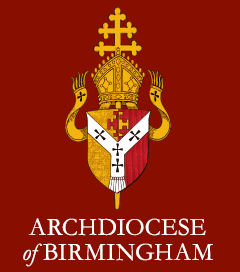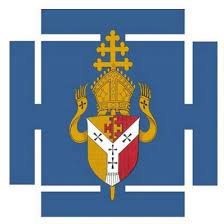Calcutta
CALCUTTA (Green) 'If we worry too much about ourselves, we won’t have time for others’

Born Agnes Gonxha Bojaxhiu in Skopje, in what is now Macedonia, Mother Teresa was brought up in a prosperous family but when her father died her family were left in difficult circumstances. In 1928 she suddenly decided to become a nun and left her loving family, and travelled to Dublin, to join the Sisters of Loreto. It is possible that she chose to do this as a consequence of reading about daring missionaries in India. Once she had made this decision, Mother Teresa never saw her mother or family again.
In 1929, after studying at the convent for less than a year, she left to join the Loreto Convent, in Darjeeling, northeast India, to teach geography at St Mary’s High School for Girls in Calcutta. On May 24, 1931 she took the name of “Teresa” in honour of St Teresa of Avila, a 16th-century Spanish nun. For the first 19 years in India, Sister Teresa taught within the walls of a convent. But in 1946, on a train back to Darjeeling, after witnessing a violent eruption of Hindu-Muslim rioting, which left 5,000 people dead. Teresa became convinced that God had sent her a message to go out and minister in the slums to the city's poor.
To the sick, for whom she found food and medicine, Mother Teresa was a blessing, Mother Teresa initially focused her efforts on the poor children in the streets, teaching them how to read and care for themselves. Her order received permission from Calcutta officials to use a portion of the abandoned temple to the goddess Kali, the Hindu goddess of death and destruction. Here Mother Teresa founded the Kalighat Home for the Dying. She and her fellow nuns gathered dying Indians off the street of Calcutta and brought them to this home to care for them during their final days.
In the mid-1950s, Mother Teresa began to help victims of leprosy. The Indian government gave the Missionaries of Charity a 34-acre plot of land near the city of Asanol. Under Mother Theresa's guidance, a leper colony was established here, called Shanti Nagar (Town of Peace). For her work among the people of India, the Indian government gave her the Padmashree ("Magnificent Lotus") Award in September of 1962. In 1965 Pope Paul VI placed the Missionaries of Charity directly under the control of the papacy (the office of the pope). He also authorised Mother Teresa to expand the order outside of India. Centres to treat lepers, the blind, the disabled, the aged, and the dying were soon opened world-wide, including one in Rome in 1968. Mother Teresa also organised schools and orphanages for the poor.
In 1971 Pope Paul VI honoured Mother Teresa by awarding her the first Pope John XXIII Peace Prize. The following year the government of India presented her with the Jawajarlal Nehru Award for International Understanding. In 1979 she received her greatest award, the Nobel Peace Prize. Mother Teresa accepted all of these awards on behalf of the poor, using any money that accompanied them to fund her centres. By 1990 over 3,000 nuns belonged to the Missionaries of Charity, running centres in 25 countries.
Mother Theresa remained firm in her vision of the world's true needs: humble acts of mercy on God's behalf and finding peace in practisting the radical power of love.





